
How to Judge Tae Kwon Do Poomsae Competitions: A Beginner's Guide
Tae Kwon Do Poomsae competitions are a vital part of the martial art, where competitors perform a series of predefined movements to demonstrate their skills, discipline, and understanding of the martial art. For beginners, understanding how these competitions are judged can seem overwhelming. This guide will help demystify the judging process, providing you with the essential knowledge to evaluate a Poomsae competition confidently and accurately.
- 1. Understanding Poomsae and Its Importance
- 2. Key Judging Criteria in Poomsae Competitions
- 3. Common Mistakes to Watch For
- 4. The Role of Judges in Poomsae Competitions
- 5. Tips for Beginners Judging Poomsae
1. Understanding Poomsae and Its Importance
Poomsae (also known as patterns) are a series of choreographed movements that represent the fundamental techniques and philosophy of Tae Kwon Do. Each Poomsae tells a story, often inspired by traditional martial arts, and serves as a way for practitioners to express their skill and control. In competitions, athletes perform these sequences to demonstrate their mastery of techniques, timing, precision, and power.

United Martial Arts Centers Warwick / umac warwick ny
43 West St, Warwick, NY 10990, USA
2. Key Judging Criteria in Poomsae Competitions
Judging a Tae Kwon Do Poomsae competition involves evaluating the competitors on several key criteria. These are typically divided into the following categories:
- Technical Accuracy: Judges assess the accuracy of movements, including stances, strikes, and blocks. A competitor must execute each movement with the correct form, posture, and alignment.
- Balance and Coordination: The competitor must maintain balance throughout the performance, executing fluid transitions between movements. Proper coordination and seamless transitions between techniques are key components of a successful performance.
- Power and Speed: While Poomsae is not a combat demonstration, the execution of each movement should demonstrate control and power. Speed and timing are essential to highlight the sharpness and impact of each strike or block.
- Rhythm and Flow: A well-performed Poomsae flows smoothly from one movement to the next. The competitor should not appear rushed or hesitating; instead, their movements should be in harmony with the rhythm of the pattern.
- Stability and Focus: Mental clarity and focus are also evaluated. A competitor should exhibit strong concentration, and their movements should reflect internal discipline and focus.
3. Common Mistakes to Watch For
Even experienced competitors can make mistakes during a Poomsae performance. As a judge or a spectator, some common mistakes to look out for include:
- Poor Stance and Posture: Stance is critical in Tae Kwon Do, and weak stances can detract from the overall performance. Look for low, stable stances that demonstrate strength and control.
- Incorrect Timing: Timing is essential for demonstrating mastery of the movements. Competitors should execute their movements in synchronization with the pattern’s flow, not too fast or too slow.
- Loss of Balance: A stable base is important for proper execution. Watch for any unsteady moments, such as wobbling or faltering during transitions.
- Failure to Focus: A lack of mental focus can be seen in distracted movements or poor attention to the sequence of techniques. A competitor should remain focused on the task at hand, without any distractions.
4. The Role of Judges in Poomsae Competitions
In Tae Kwon Do Poomsae competitions, judges are tasked with evaluating each performance against a set of established criteria. Typically, competitions feature multiple judges who evaluate different aspects of the performance, such as precision, timing, and power. Judges work together to ensure a fair and unbiased assessment, and scores are often based on the competitor’s ability to demonstrate the core principles of Tae Kwon Do, such as discipline, respect, and control.
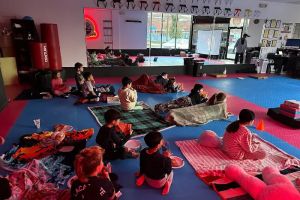
Champions Martial Arts Plainview / champions martial arts plainview
PlainviewNassau CountyNew York
10 Washington Ave, Plainview, NY 11803, USA
5. Tips for Beginners Judging Poomsae
For those new to judging Tae Kwon Do Poomsae competitions, here are some helpful tips to get started:
- Know the Forms: Familiarize yourself with the specific Poomsae being performed. Understanding the movements and their intended purpose will help you evaluate the performance more effectively.
- Focus on Key Criteria: Prioritize key elements such as technical accuracy, balance, and power. Pay attention to any noticeable mistakes, such as weak stances or out-of-sync movements.
- Watch for Consistency: Competitors should demonstrate consistency throughout their performance. Look for fluidity in transitions and uniformity in the execution of techniques.
- Don’t Compare Performances: Each performance should be judged on its own merits. Avoid comparing one competitor’s performance directly to another, as this can lead to bias.
Understanding how to judge a Tae Kwon Do Poomsae competition is a valuable skill, whether you’re an experienced practitioner or a beginner. By focusing on the key criteria and observing the subtle details of each performance, you can make a fair and accurate evaluation of the competitor’s abilities.


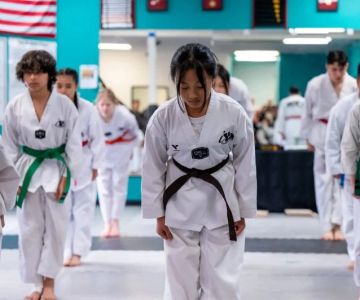
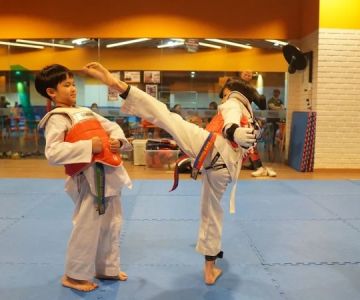
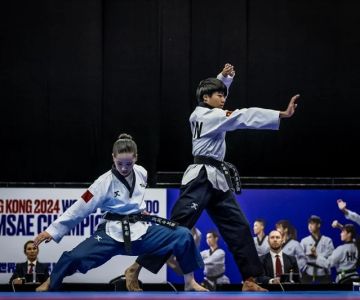

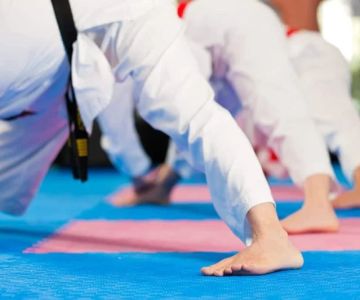
 Kovar's Satori Academy of Martial Arts - Carmichael4.0 (75 reviews)
Kovar's Satori Academy of Martial Arts - Carmichael4.0 (75 reviews) Chanel Martial Arts Academy5.0 (1 reviews)
Chanel Martial Arts Academy5.0 (1 reviews) Indio Dojo Martial Arts5.0 (276 reviews)
Indio Dojo Martial Arts5.0 (276 reviews) Hwang's Martial Arts5.0 (72 reviews)
Hwang's Martial Arts5.0 (72 reviews) Lion's Way Martial Arts4.0 (38 reviews)
Lion's Way Martial Arts4.0 (38 reviews) Family Kicks Championship Martial Arts5.0 (150 reviews)
Family Kicks Championship Martial Arts5.0 (150 reviews)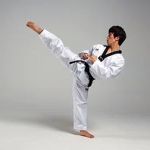 How to Execute a Jumping Roundhouse Kick to the Head
How to Execute a Jumping Roundhouse Kick to the Head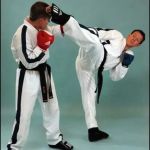 How to Execute a Double Kick Combination in Sparring
How to Execute a Double Kick Combination in Sparring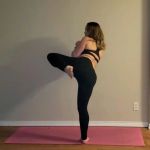 How to Perform a Flawless Axe Kick: A Step-by-Step Guide
How to Perform a Flawless Axe Kick: A Step-by-Step Guide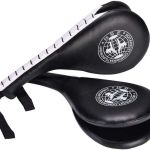 DIY Tae Kwon Do Training Equipment for Home Practice
DIY Tae Kwon Do Training Equipment for Home Practice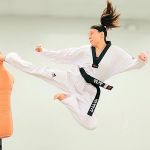 How to Increase Your Vertical Jump for Tae Kwon Do Flying Kicks
How to Increase Your Vertical Jump for Tae Kwon Do Flying Kicks The History of the Tae Kwon Do Peace Corps
The History of the Tae Kwon Do Peace Corps